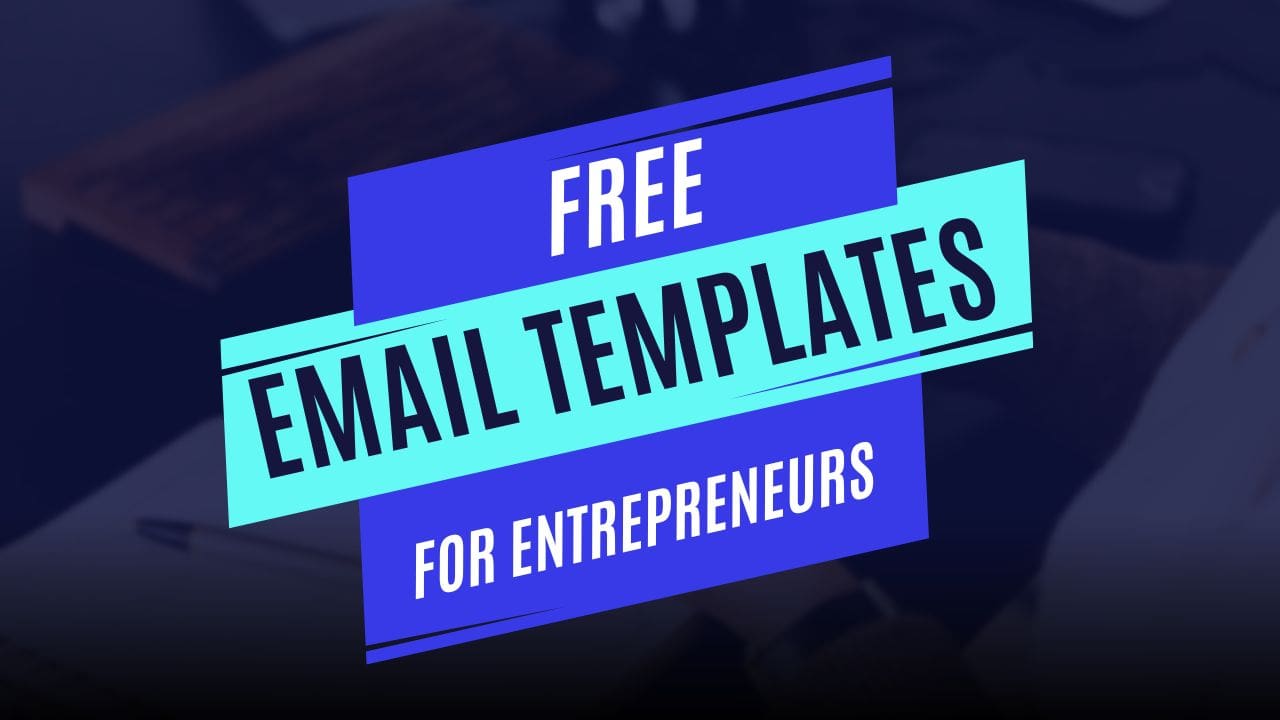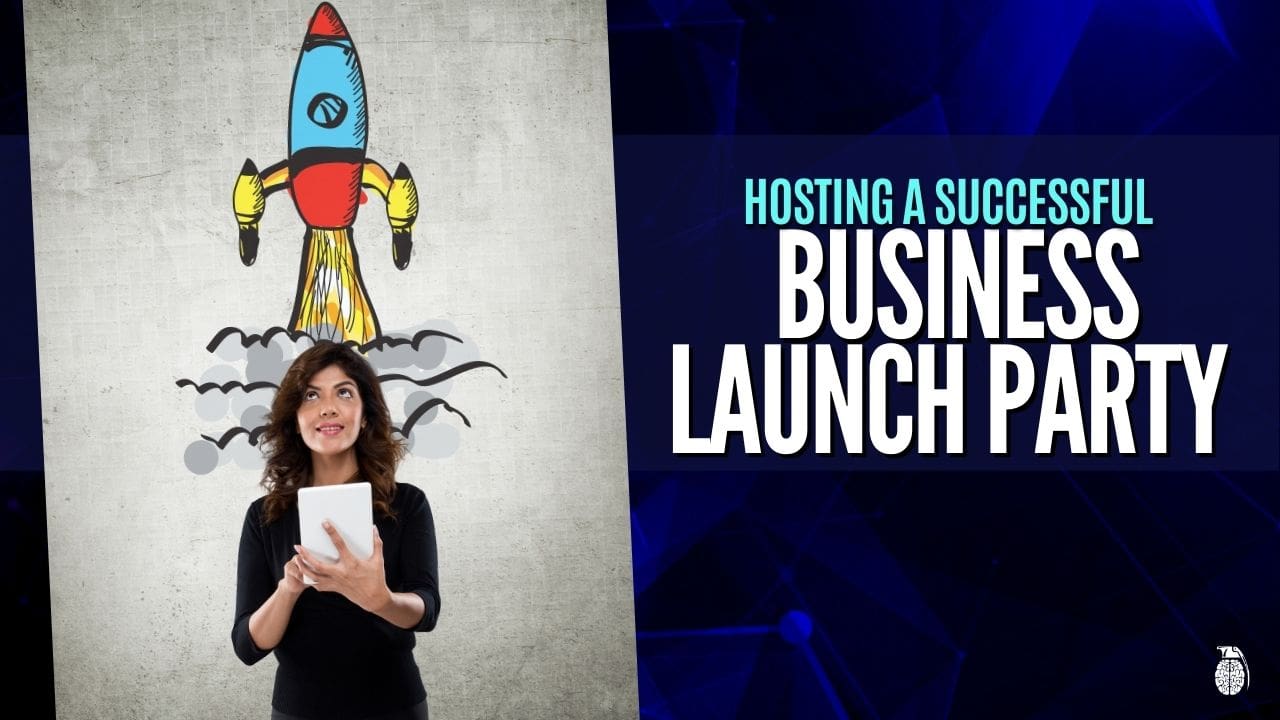Ep. 11 The Magic of the Pivot
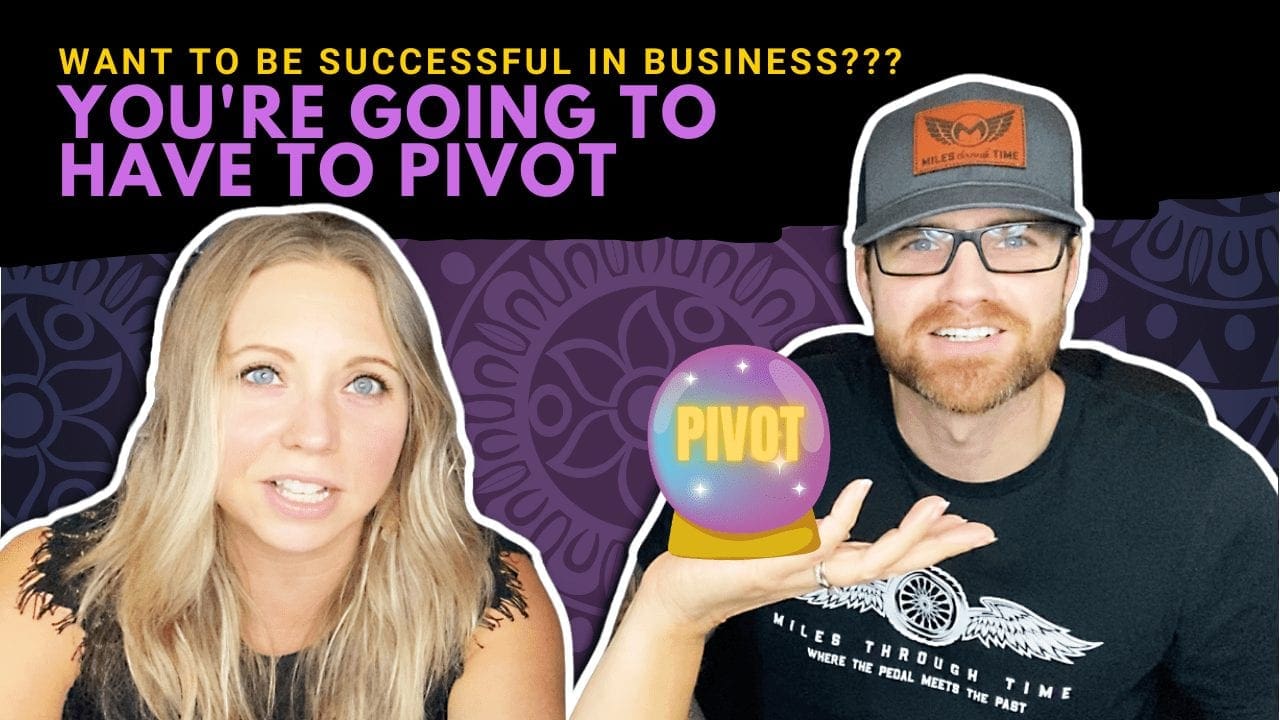
The Magic of the Pivot
95% of businesses have had to pivot in order to be successful. Torie Mathis and her cohost Sean talk about both of their experiences with pivoting in their own businesses.
Get SMART AF resources and tools to grow your business at besmartaf.com
Listen or watch the full episode below:
EPISODE TRANSCRIPTION –
(transcription is auto-generated)
SAF 11
[00:00:00] Sean: I had no idea what the hell I was doing. There’s not a clue.
[00:00:11] Torie: Hey, Hey, welcome to Smart AF I’m your host Torie Mathis. We’ve got a great show for you today. So let’s get started. So I’m reading this book called how will you measure your life? I think that is what it’s called. And it said of businesses that are successful. I think it was like 75% of them have pivoted. And the ones that didn’t pivot, they usually die. There’s no change. There’s no adapting. And I thought that that was super interesting because both of us have pivoted our butts off.
[00:00:42] Sean: Business started on a pivot.
[00:00:44] Torie: It is. I think that that’s really important to point out because I think that people think that if their first idea, this grand idea that they have didn’t work out, that they’re a failure. And I don’t think that apparently like 75%, it was like so much higher than I would have thought that that is not true. Like business has to pivot.
[00:01:03] Sean: And like to go back, like when you started, you didn’t actually really have the inclination to start your business. You were content being number two.
Absolutely. And things changed and you had no choice, but to pivot.
[00:01:20] Torie: When about 2008, 2007, I worked for a magazine publishing house and I was number two. I was the assistant publisher. I loved it. I loved being number two. I loved just running everything. And when the real estate market crashed and all of our clients no longer needed print marketing.
You had to cut the company, went down. I took a couple of those clients that I had. I published a few of those magazines continually after that, but I started a marketing agency because that’s what I was doing was, you know, marketing for realtors and found as many clients as I could to keep doing some logo, design, and print type things for and when the, you know, so that was a huge pivot.
But then when people wanted more than just print people wanted websites. That’s when more companies were actually getting their websites I had to learn how to design websites. And I took a lot of courses and spent some money learning. So back then it was all coding. There was none of this builder, there was no Squarespace or easy type things.
And, and I learned to code so that I could, you know, Customers with what they wanted and kind of stay ahead of the game later when Facebook marketing became a lot more popular I learned how to do Facebook ads and I’ve done a lot of courses and, and went through a lot of training and a lot of trial and error.
And I learned how to do that. And so there’s been a lot of pivots and a lot of adapting in my business. So it’s kind of comes natural to me at this point that I feel really comfortable kind of feeling things out and going where, where the client wants me to go. And I think in no way, has that ever made me a failure by any means?
I think that in any way, it’s, it’s made me more adaptable for the future and able to be successful later, which I think is awesome because when you started Miles Through Time, you really weren’t sure what that thing was going to be. That was going to hit, you know, museum or consignment or storage did you ever have, when did you kind of get ahead?
[00:03:10] Sean: No idea what the hell I was doing. There’s, not a clue other than I, you know, the museum concept of it is, is really what I only cared about, but I still didn’t know how to do that. You know, when, when you only have one car, how do you create a museum full of not only cars but other automotive historical memorabilia.
I mean, none of it. And so I tried to think of ways where I could actually try to accumulate some of that kind of stuff. And that was offering storage and consignment. And as the years for grad school, hold on.
[00:03:51] Torie: Before you say the years progressed when you first started, which one would you put your money on to be the thing, the one that was going to make you money?
Or that was going to make it because money doesn’t necessarily.
[00:04:02] Sean: Know taking into account. The geographical area that we started in my money would have been on storage.
[00:04:09] Torie: Okay. So your money would have been storage would have been the business plan idea. That’s
[00:04:16] Sean: what I mean. That was the basis of everything is I personally needed storage. I mean, we had nowhere to put that car. It was freaking huge.
[00:04:26] Torie: So if anybody doesn’t know at 1959 Cadillac coupe, Deville is fricking huge and does not fit in a typical garage, especially when you already have two daily drivers. So that poses the point that the problem of where do we put this car? We love showing it off. People love this car. How do we get it out? Where people can see. Now I still have it safe.
[00:04:50] Sean: To be fair. When I originally came up with the concept, we lived in an area that if I would’ve been able to open it there, which was Morrisville, North Carolina storage probably would have been a relevant thing.
There was a lot of people with a lot of money in cars and if you live in a neighborhood, you don’t have that shop that you can feel full of full-size toys.
[00:05:13] Torie: What we notice though, The people that have a lot of money and have these cars though, some of them do have they buy buildings just to keep these vehicles, which is kind of what you found was a problem with some people didn’t want to pay for storage.
[00:05:30] Sean: That was the issue. It was, it was in an area that the people that had the money with the cars had the space to keep the cars so storage wasn’t relevant for them. They, they didn’t live in neighborhoods. Museum when we opened it and took out there there’s, there is no subdivisions. And the people that have it, they’ve got acreage. They’ve got Barnes, chicken coops. Carports. It didn’t matter.
[00:05:55] Torie: They had no matter what kind of market research you could have done, things like that just worked themselves out over time. I don’t think that’s something you could have researched for. So you realized you had to pivot. So talk about that because I think that that’s interesting because the whole concept could have died. You could have been like, well, it didn’t work well.
[00:06:13] Sean: And that’s where, you know, the consignment aspect of it became one of the most popular aspects of the entire museum, but only for a certain demographic, you know, the handful of guys, typically that wanted me to sell something of theirs. And a lot of them had multiple vehicles.
It would be one after another that they were buying and selling. And the thing is, is there is a lot of work involved, in consigning vehicles. They had it easy, you know, they had the extra cash to be able to purchase whatever this vehicle was. And then offloaded on to me to do all the heavy work, the listing, and interacting with people and actually trying to sell this vehicle that I only know what I was told. And then I’m only getting a portion of it. And when I say me, I mean, Miles Through Time the business. I was, I never got paid for any of this stuff. So I’m just trying to build the business and it was taking up all of my time and the return on investment for that amount of time and what I was making off.
It just, it wasn’t there cause it’s gotta be a volume based business. And I only have so much time for it.
[00:07:24] Torie: This reminds me of is we had a couple of years that we did a lot of print, which was awesome because we had a lot of money coming in. But it was money coming in and money going right back out to pay for the print job. So I felt like I was a bank. All I’m doing, I’m taking like little, little bits of it.
[00:07:44] Sean: Stressful as all hell.
[00:07:46] Torie: And really consignment for print of consignment for cars. Like you have to have that volume. You have to have, well, we were outsourcing most of our prints, so you didn’t really have to have as much manpower, but at the same time. Just because your business has money coming in doesn’t mean that it’s successful. So we found out, right. I found out that, like, that didn’t work for me. I had to pivot because that’s not how I wanted to run my business. And the same way for you. You had to pivot because consignment just really wasn’t what was going to happen for you either.
[00:08:13] Sean: The thing with the consignment was that it was taking up floor space. You know, I’ve got a limited amount of space and I’ve got it filled up with cars that may or may not sell. And. That’s not really what I wanted to do. And I, I realized that if I was going to continue with this, that that is absolutely not what I wanted to do. And so I had the opportunity to pivot because I put it out there to do it and found an opportunity to get to cut that aspect of it out completely. And although we do offer storage still, it is no longer as cheap as it originally was when I was just trying to get people to pay for storage.
[00:08:53] Torie: Well, it’s not something you overtly really try to push either. It’s just something that just happened. Just like for print. We don’t really go out and say, Hey, let’s print with us. But if our clients come and want things printed, we still do it. I still enjoy print. I still love to design things for print it’s just the model really wasn’t there for us. And so we had to pivot. And really there’s a lot of really big businesses that you can look at that either pivoted and were very, very successful or didn’t pivot and die.
Right. We were talking about what blockbuster did not pivot. Oh, they held strong for so long. I don’t know why, but thinking that it was going to come back around and then you look at Netflix that just like, who would have thought that somebody that mailed you discs back in the beginning of the two thousands would be this entire movie production company.
I mean.
[00:09:41] Sean: Who remembered Netflix used to mail you DVDs.
[00:09:48] Torie: Yes. And the little sleeve. And you could pick out a couple at a time and then you would watch him and then you would return.
[00:09:54] Sean: Which was awesome at the time. At the time, it was great. And then, and then it was, I remember still it was slow. It was then, you know, we only offered a few of the movie titles.
[00:10:05] Torie: And they were glad movie titles online.
And I actually, at that time I jumped ship and we did not have Netflix for quite a while. We did some red box and some other little things, and then just, it’s amazing how much that business has turned around, pivoted like crazy, and has been so successful. It’s astonishing.
[00:10:25] Sean: I know like Sears, Sears could have done exactly what Amazon did.
[00:10:32] Torie: They sold everything.
[00:10:34] Sean: They chose not to. They wanted to keep it in a paper catalog and didn’t think people would buy stuff online. There’d be no such thing as Amazon right now is Sears pivoted. Oh yeah. Cause I mean, they could have done it already, not to say that they would have went into, you know, Amazon prime and video.
[00:10:53] Torie: But again that’s Amazon, Amazon. Yeah. Amazon pivoted to make
[00:10:57] Sean: money and they’re doing it.
[00:10:58] Torie: They started off in a garage, selling books, only books, and ended up being the everything store to sell everything, you know? And that makes me sad too. Cause I can remember the Sears buildings growing up and then they ended up being empty.
And now our Walmart’s like, because they didn’t pivot. So don’t get stuck in your business. Where is there a need that you need to start to explore? Don’t go crazy and stop doing what you’re supposed to be doing. But there comes to this point where you got to try to find those ways to, to follow where the market is leading and where your customers are leading.
[00:11:40] Sean: Don’t be scared. I think a lot of people are scared to pivot because when you pivot you most likely don’t fully understand that direction you’re going in. It’s new. It’s a little bit scary. And therefore, a lot of people, they just, they don’t, they stay in their lane and it may work out for you in that direction, but most likely you’re going to most likely it just, it’s kind of that going with the flow kind of thing. And maybe even if you’re not comfortable with it, learn a little bit. I mean, Torie didn’t know how to code websites or do Facebook ads or any of this stuff.
[00:12:15] Torie: But there were some things that I was like, well, maybe this will be the thing. And I learned a bit and it didn’t take off, but you know what? It didn’t kill me. Did it waste a little bit of my time? Perhaps you can’t like to stay on things too long. And I know that if, you know, going back to Amazon, there were a few things that they tried to do, that, that it didn’t work. And yes, now we’re looking at like a shit ton of capital that they have to play around with that maybe you don’t have, but it doesn’t mean that you have to be scared to move with the market.
[00:12:42] Sean: That’s true.
[00:12:43] Torie: It is true. Pivot can be the best thing for your business.
About Digital Marketing Expert Torie Mathis
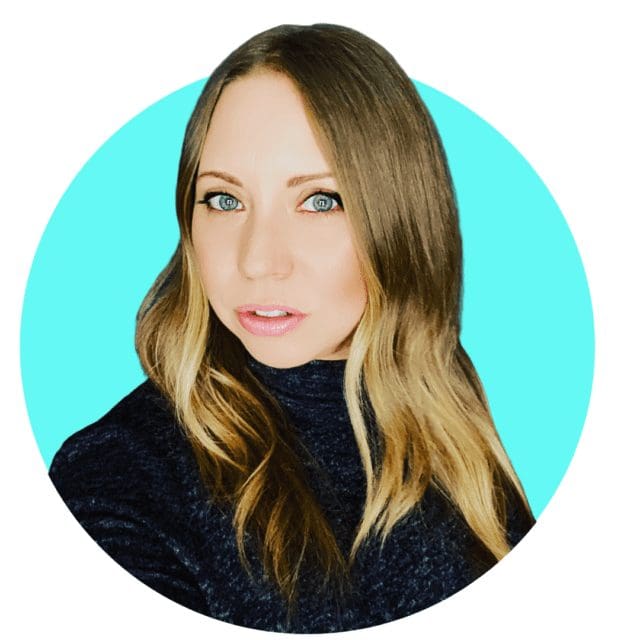
Torie hosts SMART AF, a show for non-techy entrepreneurs looking to grow their business, with her husband Sean and is the creator of SMART AF Magazine. Learn from Torie at the Smart Arsenal and on her channel.
YOU MAY ALSO LIKE
Hi! I'm Torie!

You don’t need crazy tech skills, buckets of cash, or dedicated staff to market your business. You don’t even need a lot of time.
What you need is to be SMART.
GET SMART AF
DELIVERED TO YOUR INBOX
from your Digital Marketing Coach Torie Mathis!
Let's get SMART!
Let's Connect!
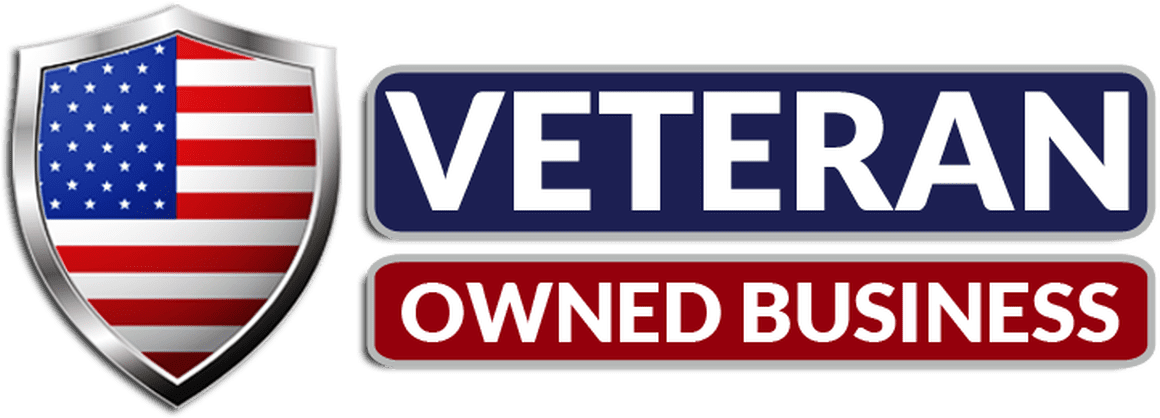




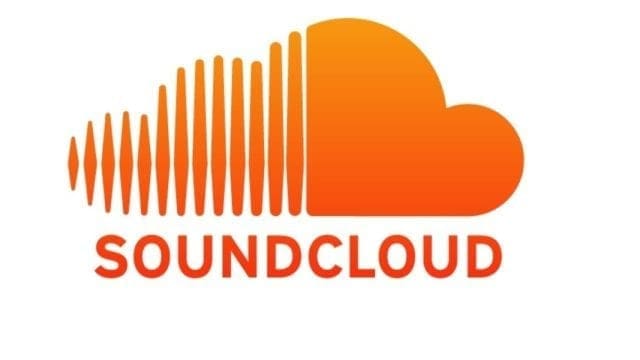

 I help entrepreneurs learn digital marketing.
I help entrepreneurs learn digital marketing.
